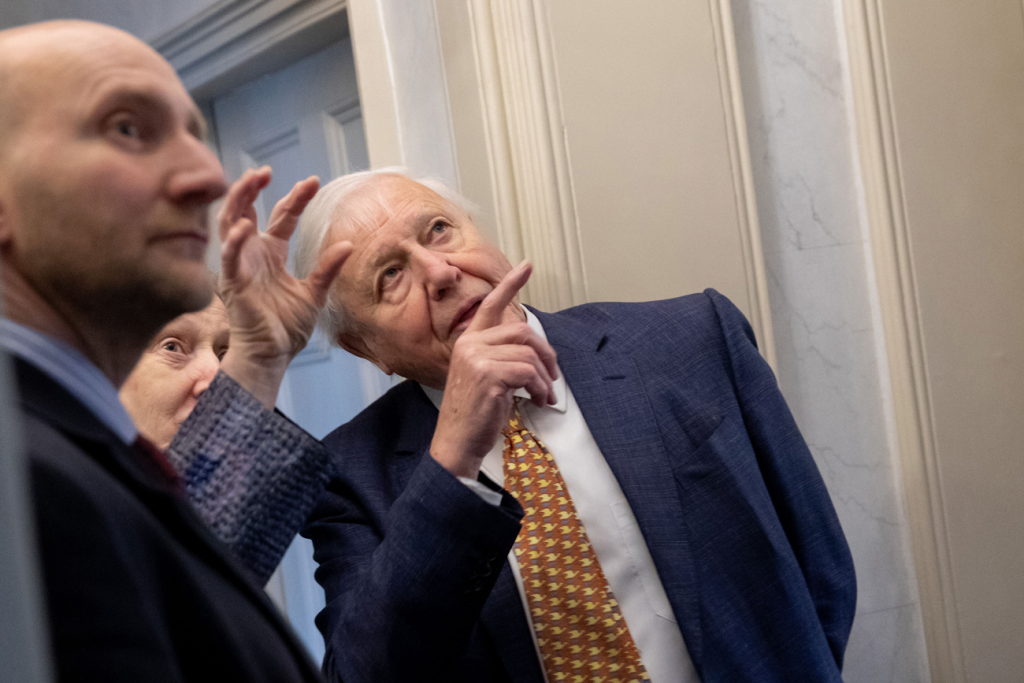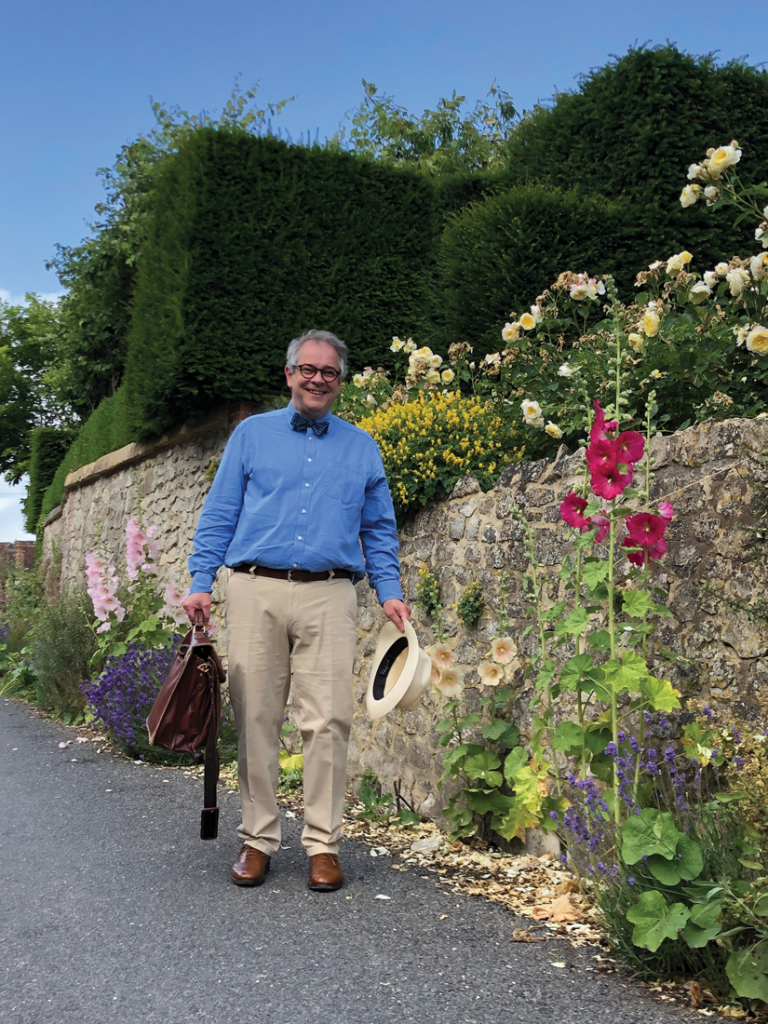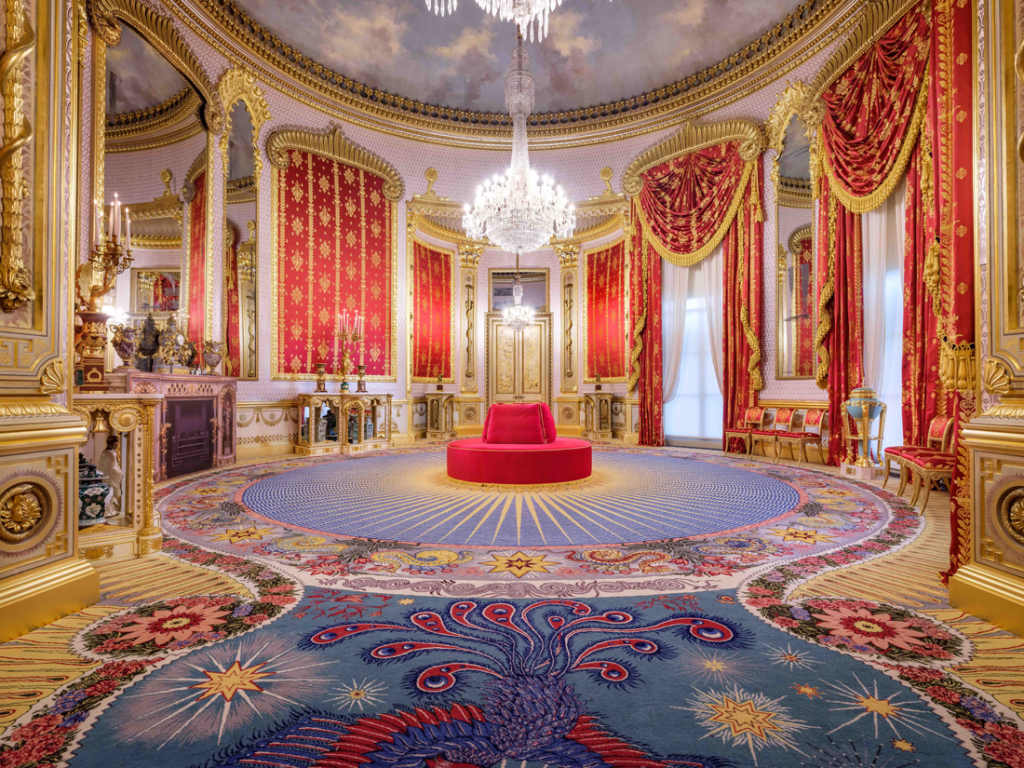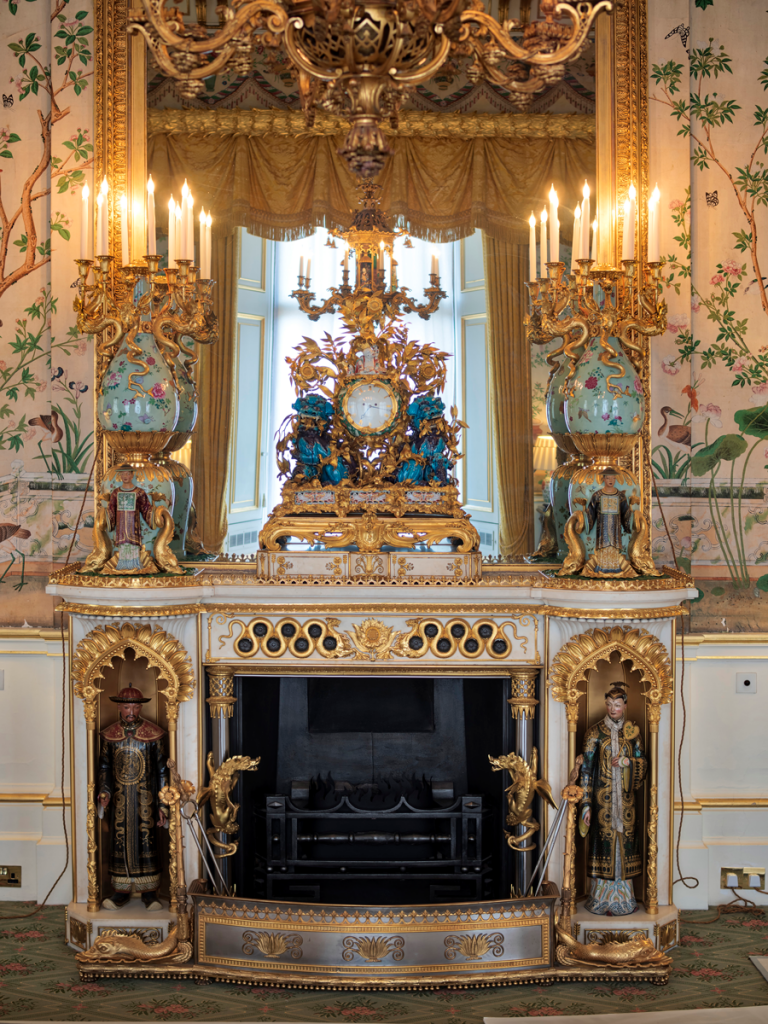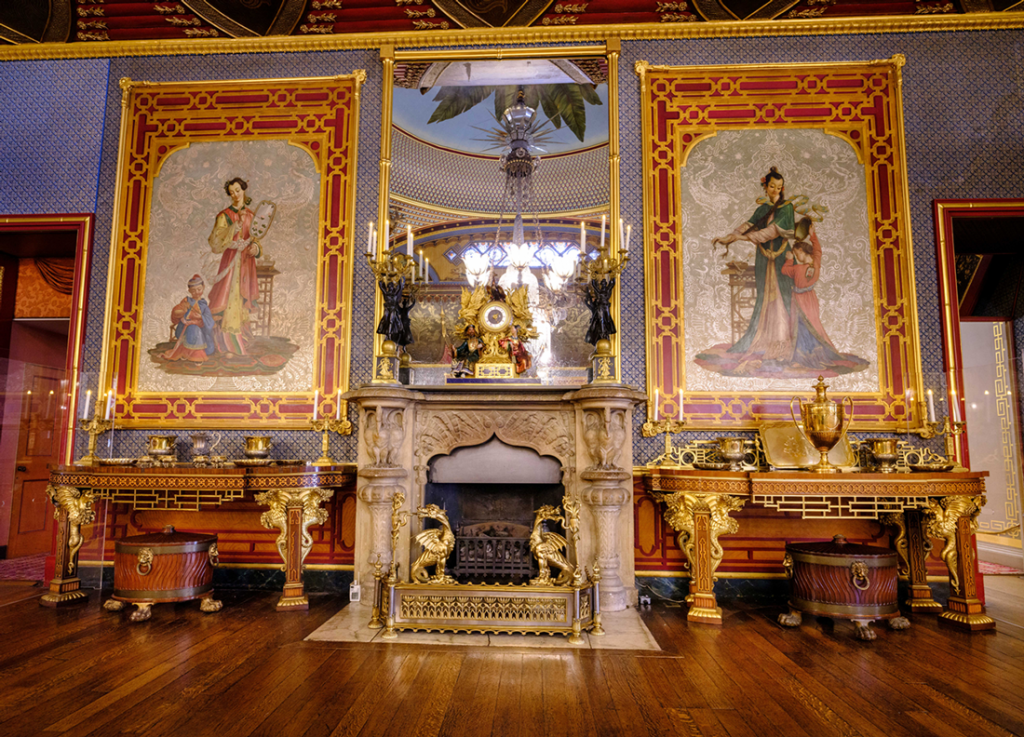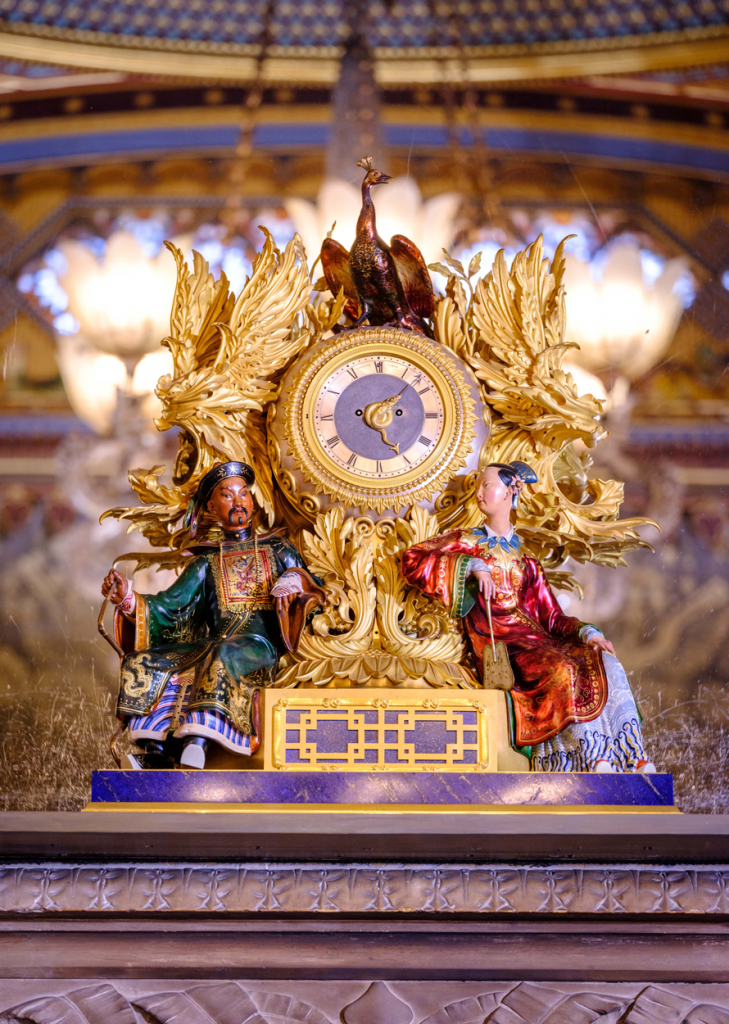
As the New Year dawns we are returning to The Royal Pavilion, Brighton to once again experience ‘A Prince’s Treasure’, an exhibition of international importance which remains on show for much of 2021.
The exhibition showcases a spectacular loan of some 120 decorative works of art from Her Majesty The Queen; pieces that were originally commissioned by the Prince Regent for the Royal Pavilion. It provides a once in a lifetime opportunity for visitors to see these objects of unparalleled magnificence in their original setting. The Pavilion’s exotic, regal interiors come alive in the company of the pieces commissioned for them, and further our understanding of the future George IV’s influence and tastes as Britain became an economic superpower.
I am once again in the company of David Beevers, Keeper of the Royal Pavilion, who has overseen this remarkable collaboration between the Royal Collection Trust and the Royal Pavilion.
I am always delighted to return to the third of the Pavilion’s great state rooms, the Music Room. It was created to reflect George IV’s love of music. The magnificent decoration is not constrained in anyway. It is a masterpiece of one of the King’s chief decorators, Frederick Crace. Under Crace’s instructions Henry Lambert, together with 34 assistants, painted the canvas panels with Chinese scenes in gold against crimson grounds creating the impression of the room being like a huge chinoiserie box. I adore the carved, painted and silvered dragons which shimmer as they support the canvases and blue silk drapes. The chandeliers take the form of spreading lotus flowers adding life and perspective to John Nash’s domed and tented ceiling.

Despite my familiarity with the room David Beevers remarks excitedly that I must look to the right as we enter it. I am unprepared and overwhelmed by the spectacle of the line of six enormous porcelain pagodas which make sense of and give voice to the scale of this room.
These imposing porcelain objects were acquired in 1803/1804 from China and the dealer Robert Fogg. Fogg supplied the English Spode porcelain bases as well as the gilded bronze bells, dolphins and dogs, and the dragon finials which were subcontracted to B.L. Vulliamy.
Flanking the marvellous fireplace are two of the magnificent Orléans jars. Over nine feet high they were used as oil lamps in the corners of the Music Room. George IV was particularly interested in objects associated with the French monarchy and three of the jars bear the arms of Phillipe, duc d’Orleans, Regent of France from 1715-1723. The bases are Spode and the gilded bronze fittings are again from B.L. Vulliamy.
Many of the decorative works of art have not been on public display for over 170 years and are on loan to the Royal Pavilion whilst essential building works in the East Wing of Buckingham Palace take place. They were removed to Buckingham Palace and Windsor Castle by Queen Victoria in 1847 when it was thought that the Royal Pavilion might be demolished. It is wonderful to see them temporarily re-united with their original setting.
‘A Prince’s Treasure’ is 2021’s must see exhibition in Sussex. To find out more and to book your tickets as soon as Tier 4 restrictions are lifted visit www.brightonmuseums.org.uk/royalpavilion.
